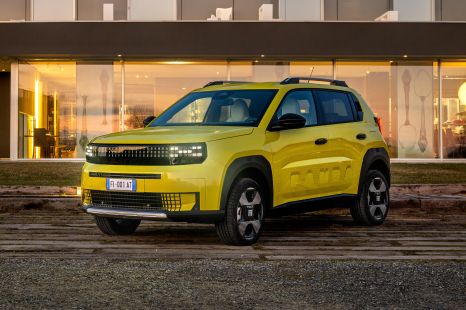

Damion Smy
It's official: Europe to scrap 2035 combustion engine ban
5 Hours Ago
Guest User
My dashboard
News Editor
Tesla vehicles don’t currently offer bi-directional charging, but that will soon change – even if the company’s CEO doesn’t expect widespread use of the feature by owners.
The company says it’s in the middle of a power electronics retool, with Drew Baglino, Tesla’s senior vice president of powertrain and energy engineering, saying it will “bring that functionality to all of our vehicles over the next two years”.
“I don’t think very many people are going to use bidirectional charging, unless you have a Powerwall,” said Tesla CEO Elon Musk.

“Because if you unplug your car, your house goes dark. And this is extremely inconvenient. Most of the value comes in charging the car at the right time. It’s not really about sending energy the other way.
“I mean, if you have a Powerwall that can take the house load, then you can use your car as a supplementary energy source to the Powerwall. And then, you’re not going to drive anyone crazy by unplugging your car and having the house go off.
“So I think there’s some value there as a supplemental energy source down the road. Where if you have a Powerwall, you’ve not diminished the convenience of the people in the house.”
Tesla’s Powerwall is a battery you can buy for your home that stores energy and detects outages, with the goal of powering the home if mains power cuts out.
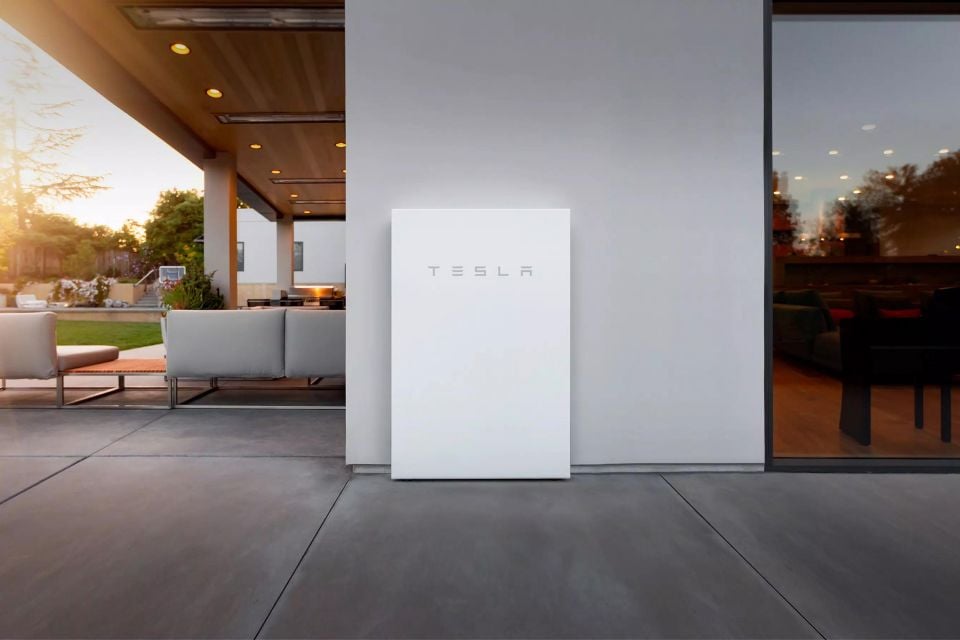
Bidirectional charging encompasses different features like vehicle-to-load, vehicle-to-home and vehicle-to-grid, referred to as V2L, V2H and V2G, respectively.
V2L allows you to use the vehicle’s battery to power appliances such as a washing machine, while V2H allows a vehicle to supply power back to a home, and V2G allows it to send power to the grid.
Even if a household battery was not being used, a connected EV could potentially mitigate any power loss in the event of a blackout by acting as a temporary power supply for several hours.
Likewise, with V2G functionality, any excess energy stored in the battery of an EV could be sold directly to the energy utility and could further assist in stabilising the electricity grid.
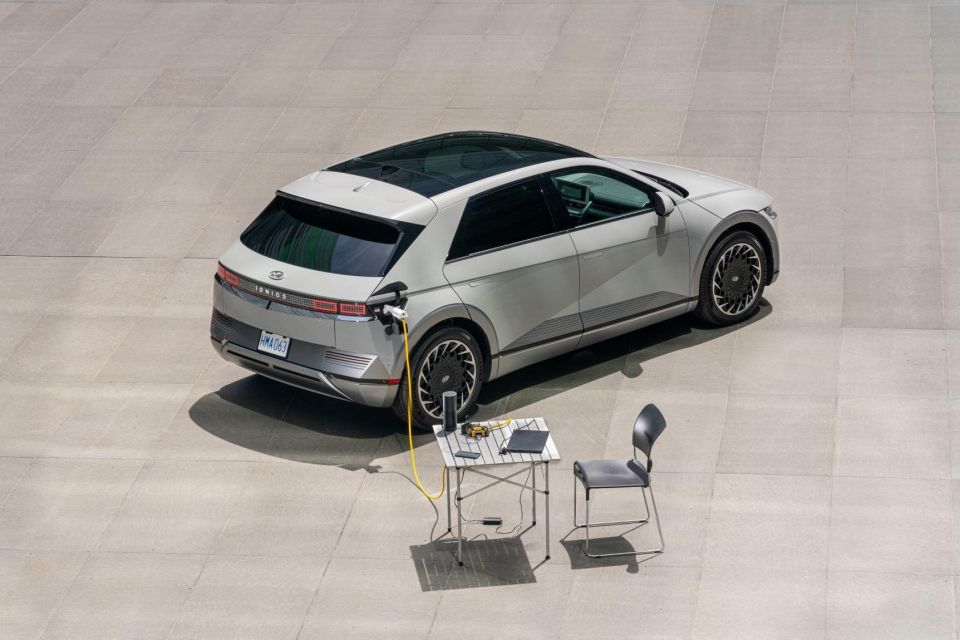
“It wasn’t like a conscious decision to not do [bi-directional charging], it just wasn’t a priority at the time,” said Mr Baglino.
“As we continue to improve the power electronics in our vehicle, we’ve found ways to bring bi-directionality while actually reducing costs of power electronics in the vehicle. And as all things Tesla, the goal is usually to get more for less.”
The Hyundai Motor Group currently offers V2L capability in its E-GMP-based vehicles like the Hyundai Ioniq 5, while Mitsubishi also offers it in its plug-in hybrid models.
The Nissan Leaf has been engineered with V2G capability, and this is being piloted in South Australia.
Where expert car reviews meet expert car buying – CarExpert gives you trusted advice, personalised service and real savings on your next new car.
William Stopford is an automotive journalist with a passion for mainstream cars, automotive history and overseas auto markets.


Damion Smy
5 Hours Ago
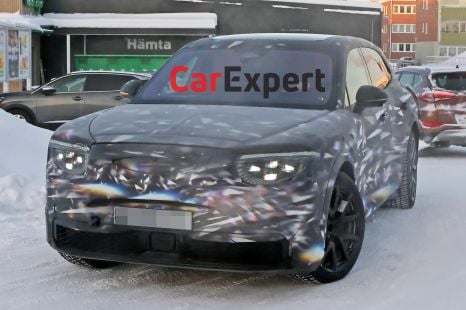

William Stopford
6 Hours Ago
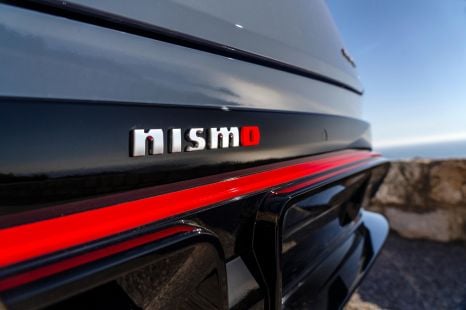

Ben Zachariah
6 Hours Ago


James Wong
6 Hours Ago
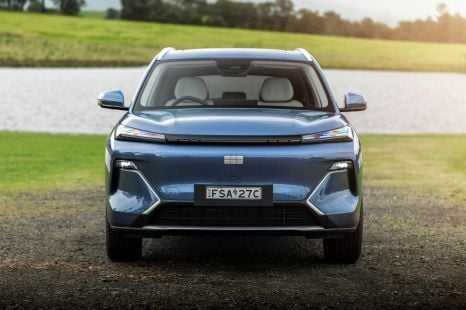

James Wong
10 Hours Ago


Derek Fung
11 Hours Ago